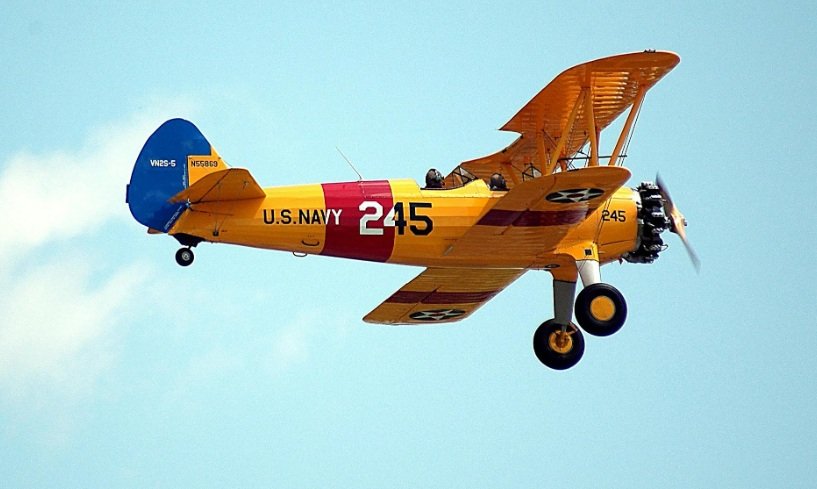Daily Aircraft Maintenance Checklist for the Aviation Enthusiast

Walking around the aircraft and checking the first thing helps in spotting any physical failure. A chip or crack, irrespective of how insignificant it may appear can basically be an underlying problem. All fasteners should be tightened so loose fittings will not compromise the structure stability. You must check the control surfaces by moving them to ensure full travel, as it is necessary for correct flight maneuvers. Ensure that both navigation lights and landing lights work properly and are not broken or burnt out. Finally make sure to check tires as cuts or improper inflation put you at risk on landing.
Engine and Fuel System Checks
Checking the oil level should be the first task on your list. The dipstick will let you know when more oil is required. Next, draining the fuel strainer helps you to identify any harmful water or debris that may be left behind. A visual check-up on the fuel lines will also help you detect leaks or damage in the fuel lines before the situation becomes grave. The spark plugs should always be in good condition and at the right gap because they will start the engine reliably. A corrosion inhibitor such as ACF-50, when applied on any exposed metal surface, will assist in maintaining your engine in tip top condition as long as you do not fly regularly.
Cockpit and Instrument Checks
Switch on the avionics and take time to observe all warnings on the power-up. Any abnormality must be treated immediately. Calibration of the altimeter and heading indicators ensures that your initial readings are correct and reliable. Before the flight it is essential to ensure that the GPS and navigation database updates are complete. ELT is a critical safety gadget that needs to be checked by testing its functionality and battery health since this is the only source of emergency in case of an emergency. Lastly, look at the seatbelts so they can be in good condition and secure as well.
Safety Equipment Plus Documentation
Confirm the date on the life jackets and the fire extinguisher so that you can be ready in case of an event. Making sure the first-aid kit is fully stocked will put you in good shape in case someone experiences a minor emergency. Look for current aircraft registration and airworthiness certificates to avoid unexpected issues with authorities. Make sure to update maintenance entries in the logbook, so the history of the aircraft is clear and complete.
Tires, Brakes and Landing Gear
The proper tire pressure can help ensure that the aircraft can touch down and taxi off safely. You can easily assess airflow by measuring it against the manufacturer’s specifications. Visual inspection of the brake pads is essential to making sure they are not worn out, since they cannot be ignored. Landing gear struts are the most critical safety component of your aircraft. Extend and retract them several times so you can confirm their functionality. As a part of the process, lubricating the wheel bearings will guarantee smooth operation of the landing gear over time.
Propeller and Air Intake Checks
Here, start with the examination of the propeller blades, checking them for cracks, nicks, or wear. Small damage causes even greater issues when these issues are not tackled in time. Turning it by hand (the ignition turned off), rotate the propeller slowly (by hand) and check that there is no frost and that it does not turn with resistance. Check the spinner to ensure it is not loose or dented because this will influence balance during flight. Then just look at the air inlet and see whether there is an obstruction due to leaves, mud or bird nesting. Lastly, ensure that the air filter has been cleaned and located correctly so that it allows a constant air supply to the engine to burn it.
Conclusion
Daily checks of these tasks can prevent serious issues with flight safety further down the line. Performing these checks in an accurate manner fits your plane for a flight worthy condition and gives you a higher degree of security over the twin skies. By catching small problems on time, you can save bigger inconveniences during emergencies. As an aviation fanatic, you are invited to start these daily rituals so that you can experience the aircraft and flying environment.



